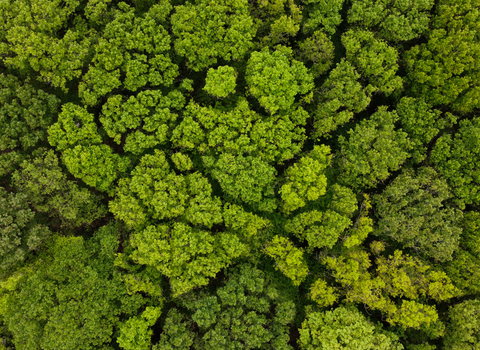
Ketford Banks (c) Nathan Millar

Ketford Banks (c) Nathan Millar

Ketford Bank (c) Nathan Millar
Ketford Banks
Location
Know before you go
Dogs
When to visit
Opening times
Open access throughout the yearBest time to visit
March to MayAbout the reserve
Ketford Banks in the River Leadon Valley is an area of sloping rough grassland that’s rich in wildflowers, which thrive in its sandy soil. In early spring it is full of wild daffodils, followed by fragrant bluebells in May and foxgloves over midsummer. Wild daffodils are smaller and more noticeably two-toned than cultivated varieties, with pale yellow petals surrounding a darker yellow trumpet. They were were once abundant and hand-picked for markets, but are now much rarer and restricted to scattered locations that haven't been exposed to pesticides and fertilisers.
The Banks are found at an elevated position, so on a clear day you can see west towards Wales, making this reserve one of the most interesting and photogenic of the remaining areas of wild daffodils in the county.
Buff-tailed bumblebees and frogs are frequent visitors, while nibbled hazelnuts show the nature reserve is home to wood mice and bank voles. Mature black poplar trees can also be spotted.
Ketford Banks escaped the grassland ‘improvements’ promoted from the 1950s on account of the steep terrain of the reserve. The grassland here is now managed by Hebridean Sheep that graze from late summer into winter, creating the perfect conditions for wildflowers to thrive by clearing encroaching scrub. The nature reserve was in private ownership until 2010, when it was purchased by Gloucestershire Wildlife Trust.
More detailed directions
The reserve isn't signposted from the road, but is reached via a 0.4 mile walk along the public bridleway between Dymock and Redmarley at Chapel Pitch, with access on the south side of the bridge that passes over the River Leadon.
The reserve is best accessed via walking.
Unofficial roadside parking can be found on a grassy verge just north of Ketford. Walk south along the road to find the bridleway which runs between two fields, opening onto the Bank. The bridleway eventually takes you to Dymock, and a detour can be taken to visit Vell Mill daffodil meadows (about a 20 minute walk)



